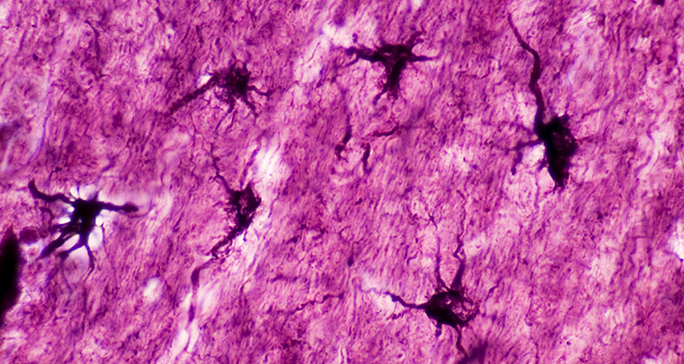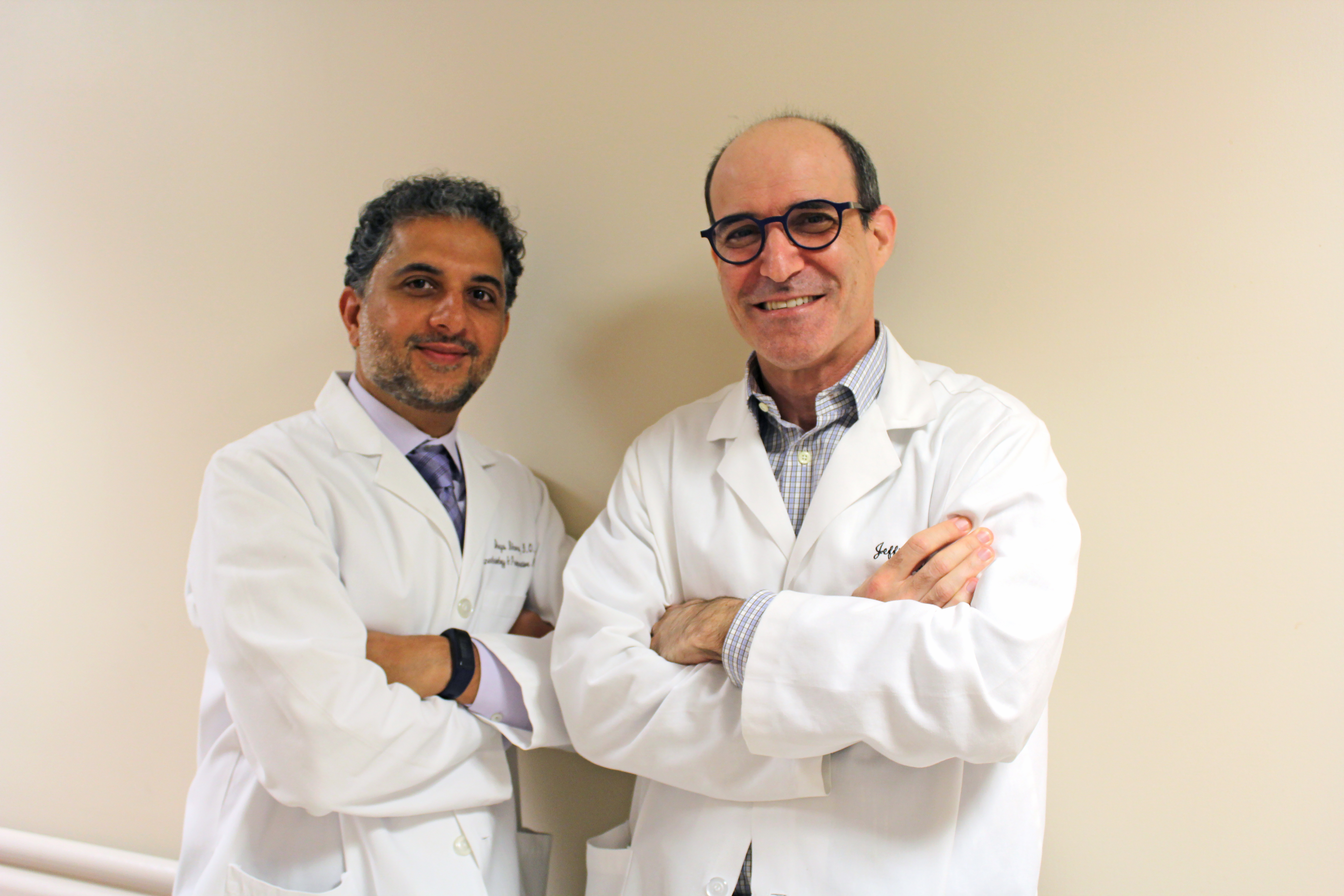- Diseases
- Acoustic Neuroma (14)
- Adrenal Gland Tumor (24)
- Anal Cancer (66)
- Anemia (2)
- Appendix Cancer (16)
- Bile Duct Cancer (28)
- Bladder Cancer (68)
- Brain Metastases (28)
- Brain Tumor (228)
- Breast Cancer (714)
- Breast Implant-Associated Anaplastic Large Cell Lymphoma (2)
- Cancer of Unknown Primary (4)
- Carcinoid Tumor (8)
- Cervical Cancer (154)
- Colon Cancer (164)
- Colorectal Cancer (110)
- Endocrine Tumor (4)
- Esophageal Cancer (42)
- Eye Cancer (36)
- Fallopian Tube Cancer (6)
- Germ Cell Tumor (4)
- Gestational Trophoblastic Disease (2)
- Head and Neck Cancer (6)
- Kidney Cancer (124)
- Leukemia (344)
- Liver Cancer (50)
- Lung Cancer (288)
- Lymphoma (284)
- Mesothelioma (14)
- Metastasis (30)
- Multiple Myeloma (98)
- Myelodysplastic Syndrome (60)
- Myeloproliferative Neoplasm (4)
- Neuroendocrine Tumors (16)
- Oral Cancer (100)
- Ovarian Cancer (170)
- Pancreatic Cancer (166)
- Parathyroid Disease (2)
- Penile Cancer (14)
- Pituitary Tumor (6)
- Prostate Cancer (144)
- Rectal Cancer (58)
- Renal Medullary Carcinoma (6)
- Salivary Gland Cancer (14)
- Sarcoma (236)
- Skin Cancer (294)
- Skull Base Tumors (56)
- Spinal Tumor (12)
- Stomach Cancer (60)
- Testicular Cancer (28)
- Throat Cancer (90)
- Thymoma (6)
- Thyroid Cancer (98)
- Tonsil Cancer (30)
- Uterine Cancer (78)
- Vaginal Cancer (14)
- Vulvar Cancer (18)
- Cancer Topic
- Adolescent and Young Adult Cancer Issues (20)
- Advance Care Planning (10)
- Biostatistics (2)
- Blood Donation (18)
- Bone Health (8)
- COVID-19 (362)
- Cancer Recurrence (120)
- Childhood Cancer Issues (120)
- Clinical Trials (622)
- Complementary Integrative Medicine (24)
- Cytogenetics (2)
- DNA Methylation (4)
- Diagnosis (226)
- Epigenetics (6)
- Fertility (62)
- Follow-up Guidelines (2)
- Health Disparities (14)
- Hereditary Cancer Syndromes (122)
- Immunology (18)
- Li-Fraumeni Syndrome (8)
- Mental Health (118)
- Molecular Diagnostics (8)
- Pain Management (64)
- Palliative Care (8)
- Pathology (10)
- Physical Therapy (18)
- Pregnancy (18)
- Prevention (886)
- Research (388)
- Second Opinion (74)
- Sexuality (16)
- Side Effects (602)
- Sleep Disorders (10)
- Stem Cell Transplantation Cellular Therapy (216)
- Support (404)
- Survivorship (322)
- Symptoms (186)
- Treatment (1770)
Researcher studies tumor cell interaction to improve immunotherapy
5 minute read | Published May 23, 2024
Medically Reviewed | Last reviewed by an MD Anderson Cancer Center medical professional on May 23, 2024
Kenneth Hu, Ph.D., first got a taste of what it’s like to work in a real science lab as a senior in high school. He was part of a program that allowed seniors to work alongside doctors in a research lab.
“I was looking for an opportunity to learn about scientific research and the scientific method,” recalls Hu. “It was a great opportunity to get my feet wet in the field. And it took off from there.”
Hu fell in love with the scientific process and working with his hands. He attended the Massachusetts Institute of Technology, majoring in biology and physics. Every summer, he participated in an internship program that gave undergraduates a chance to conduct research in a lab.
“Working in the lab is really where I felt at home,” says Hu. “From then on, it was pretty obvious what I wanted to do as a career.”
Fascinated by immunology research
Hu earned his Ph.D. in biophysics from Stanford University. He’d always had an interest in immunology, and the more he learned, the more his interest grew.
“There are so many moving parts to immunology,” says Hu. “Growing up, I always had the impression that the immune system was for specific roles, like fighting off bacteria and viruses. I think what is often taught about immunology in high school is that the immune system is an army for protection.”
However, Hu learned that the abilities of the immune system go beyond fighting off foreign invaders.
“After all the visibility immunotherapy got, we began to appreciate that the immune system helps fight cancer as well,” he says. “The idea that you have a surveillance system in your body is pretty cool.”
Each of the body’s organs needs to be cleaned of old or damaged cells to function properly.
“The immune system does everything,” says Hu. “What drove me to immunology is that it’s a real balancing act. You’re always riding the line between being good at fighting off diseases like cancer, but also not hurting yourself. It’s fascinating that all of us are riding that line.”
Postdoctoral work leads to the development of new tool to study cell interactions
As a postdoctoral researcher at the University of California, San Francisco (UCSF), Hu became interested in tumor immunology. He developed a technique called ZipSeq, which allowed researchers to print barcodes on cells and map single-cell sequencing data to specific regions of tissue.
“At the time single-cell sequencing technologies were really taking off, but the problem was we were talking about tens of thousands of cells,” says Hu. “And we didn’t know where they were, relative to each other.”
ZipSeq was created with the idea of it being an analogy for assigning a ‘zip code’ to different sequences.
“If you look at a section of tissue, you can partition it into smaller regions that you’re interested in based on certain features and the cell’s zip codes,” Hu explains. “When you collect the cells, you can use that zip code to determine what region they come from as well as what region certain cells tend to gather together.”
That information informed Hu that the immune cells that were ‘communicating’ to each other were physically next to each other. This also helped him understand how gene expression changed within that population of cells. He was eager to further his research.
Enticed by MD Anderson’s research enterprise and Houston
“I knew I wanted to run my own lab, and I was thinking about where I wanted to go to start it,” says Hu, who grew up in the Houston area.
Having family in Houston made MD Anderson an attractive option for Hu to pursue a career.
“That was one of the major reasons,” says Hu. “Houston also has a great cost of living and food scene. And the size and diversity of Houston means you can find a neighborhood that suits your needs somewhere in the city.”
Hu also appreciated MD Anderson’s reputation of being the largest comprehensive cancer center in the United States.
“The sheer volume of patients and the number of cancer types that we can test here, not to mention the amount of research being done, is pretty amazing,” says Hu. “A lot of the clinical departments have a strong research wing. They do translational studies that would be difficult to do elsewhere. I knew tapping into that network of expertise would be awesome.”
Hu was also very excited about the launch of MD Anderson’s James P. Allison Institute. Named after immunotherapy pioneer James P. Allison, Ph.D., the institute is a research and innovation hub within MD Anderson that aims to bring the benefits of cancer immunotherapy to all patients.
Hu was recruited to MD Anderson through a Cancer Prevention and Research Institute of Texas (CPRIT) grant. On May 15, 2023, he officially joined MD Anderson as an assistant member of the Allison Institute and an assistant professor of Immunology.
Laying groundwork for future immunotherapy innovation
Hu is principal investigator of his lab at MD Anderson, where he’s building on the ZipSeq technology. He’s making improvements to it and incorporating it with other commercially available technologies to study cell-to-cell interactions in the tumor microenvironment.
“We want to know if there are other agents we can combine with the original immune checkpoint blockades because there are a significant number of patients whose tumors don’t respond to those checkpoint blockades,” he says. “Our goal is to understand how we’re remodeling that area. One organization of cells can lead to good responses and a different organization of cells can lead to bad responses.”
For the immune system to do its job, it relies on the cells communicating and interacting with one another.
“If you don’t have the cells in the right orientation, then you’re probably not going to get a good response,” says Hu. “We want to know if there is a way we can get the cells in a good orientation, so we can apply the checkpoint blockade to the immunotherapies we’ve already developed. By doing this, we want to make the treatment regimen stronger for cancer patients.”
While his lab’s research is focused on metastatic melanoma, they’re also beginning to study lung cancer and pancreatic cancer.
“Our hope is to generate useful tools that others can adopt and use in our field and apply to their tumor models and systems,” says Hu. “While this doesn’t necessarily lead to immediate translation to the patient, it does get the discovery engine of basic science moving faster. That’s how a lot of the most innovative immunotherapies are developed.”
Related Cancerwise Stories

The immune system does everything.
Kenneth Hu, Ph.D.
Researcher






